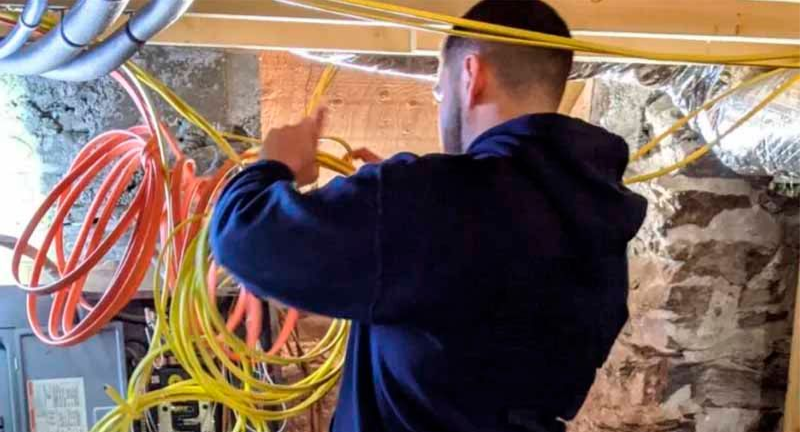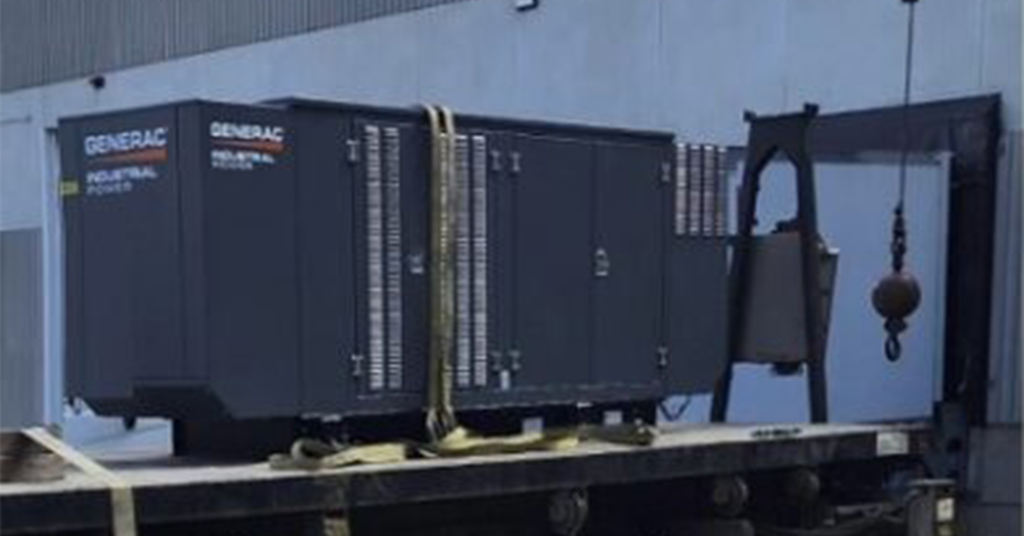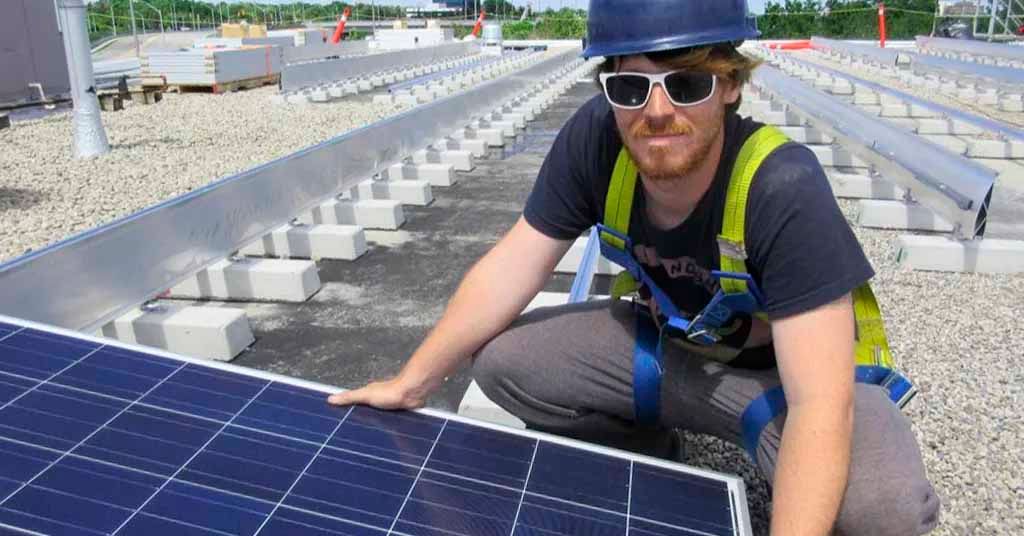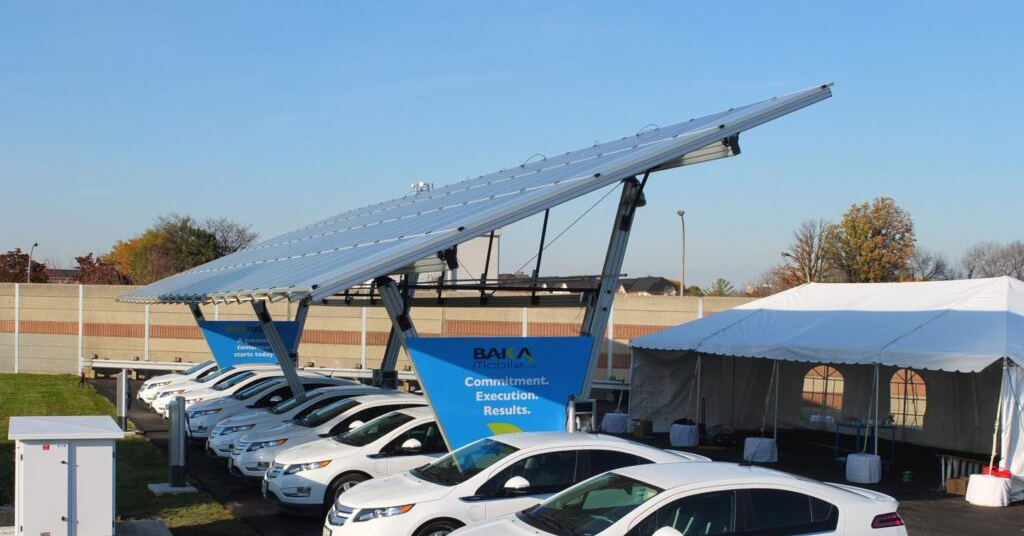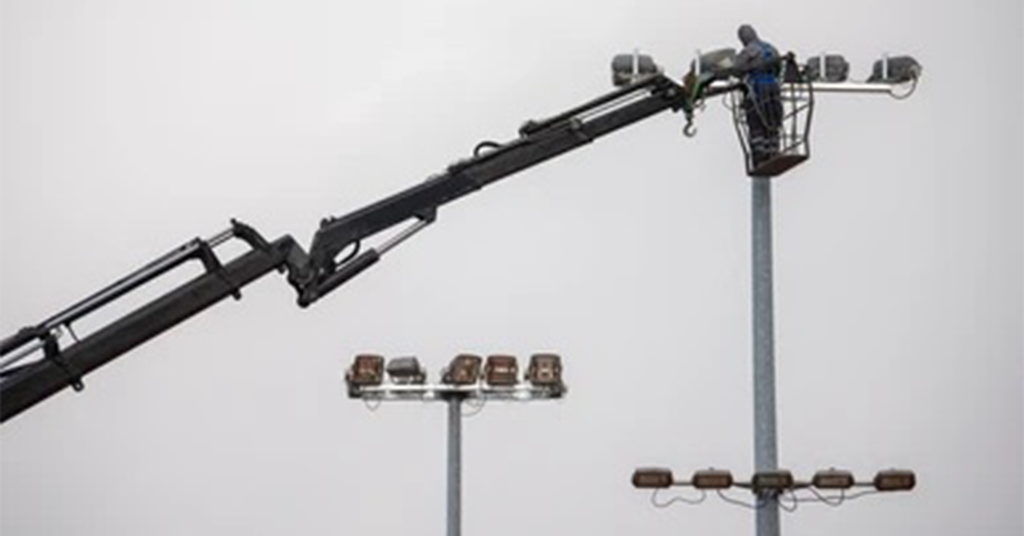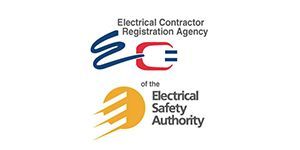Electrical Contractor, Electrician
Electrical contractor with electricians
in Toronto, Oakville, Mississauga
Serving Oakville, the Greater Toronto Area and most of southern Ontario, JML Electric offers both commercial and residential electrical services at competitive rates. We’ve been in business for 25 years and have installed over 10,000 EV charging stations, standby generators and solar energy collection systems. We are exterior lighting design and installation experts and we’ll retrofit your incandescent or fluorescent office lighting with more efficient LED fixtures. Call JML Electric to install complex, delicate or energy hungry appliances, and we’ll add monitors and other components to reduce consumption. Call JML Electric whenever you want the job done right the first time.
About JML Electric
Proudly serving Oakville, Mississauga, Burlington, and Toronto since 1997, JML Electric delivers reliable, competitively priced electrical services for home and business. We have experienced commercial electricians and residential electricians to quickly and efficiently attend to all your professional needs.
JML Electric has a fleet of service vans and can handle any size project. We offer a reliable installation service for everything and anything you can imagine, and that includes all size generators.
JML Electric has adopted environmentally sustainable practices, recycling packaging and reusing quality materials and reducing waste wherever possible. We’re a leader when it comes to offering green alternatives and we’re absolutely the best at securing grants for home automation. Contact us today.
We are master electricians.
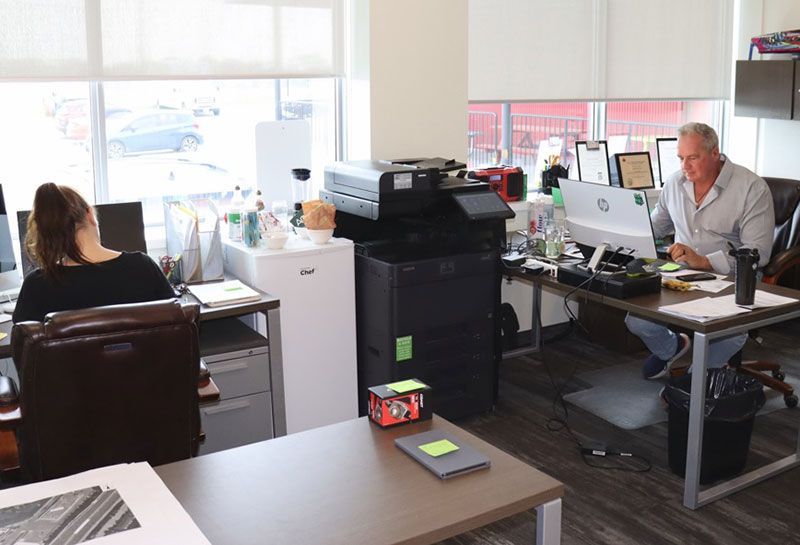
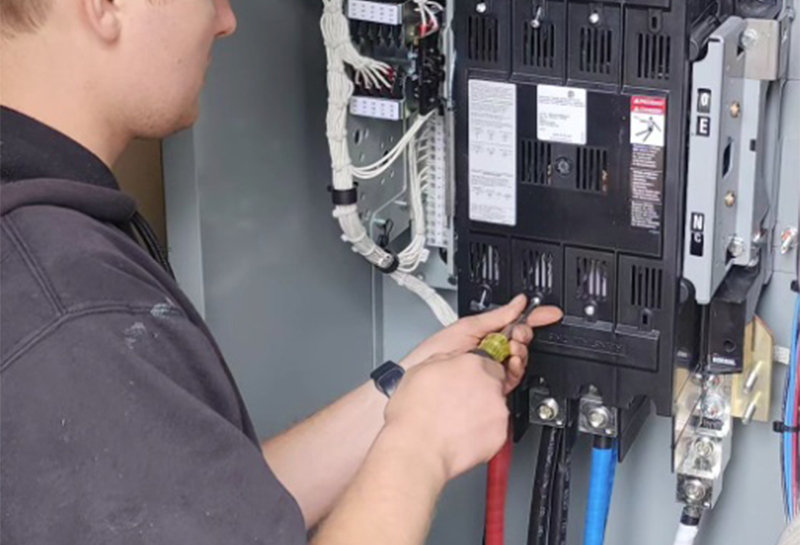
Electrical Service
for all types of Business
JML Electric’s commercial and residential electricians have years of experience installing complex hardware and expensive machinery with high voltage inputs. Standby generators are our specialty as are emergency lighting and solar power generation systems.
- Electrical Installation
- Energy Efficient Systems for Business
- Security System Installation
- Exterior Lighting Design & Installation Service
- Electric Vehicle Infrastructure
- Level 3 Fleet Charging
- LED Lighting Retrofits
- Standby Generator for Emergencies
JML Electric staff work hand-in-hand with our clients to share information and improve electrical literacy. We’ll walk anyone interested through all stages of their project, from concept to completion, because knowledge informs and empowers consumers to seek added efficiencies, reduce maintenance and increase safety.
Do not hesitate to contact us!
We are highly experienced and ensure our clients are fully satisfied.
We are Level 3 DC Fast Charging Station Installation Experts
Level 3 fast-charging stations offer high-voltage (600 to 1000 volts) Direct Current charging for the latest electric vehicles. JML Electric offers complete residential and commercial installation for all EV manufacturers including Tesla, Polestar, Fisker, Rivian, Jaguar, Porsche, BMW, Ford, Nissan, Chevrolet, Audi, Toyota, Kia, and Volvo.
When you want the job done right the first time, call JML Electric.
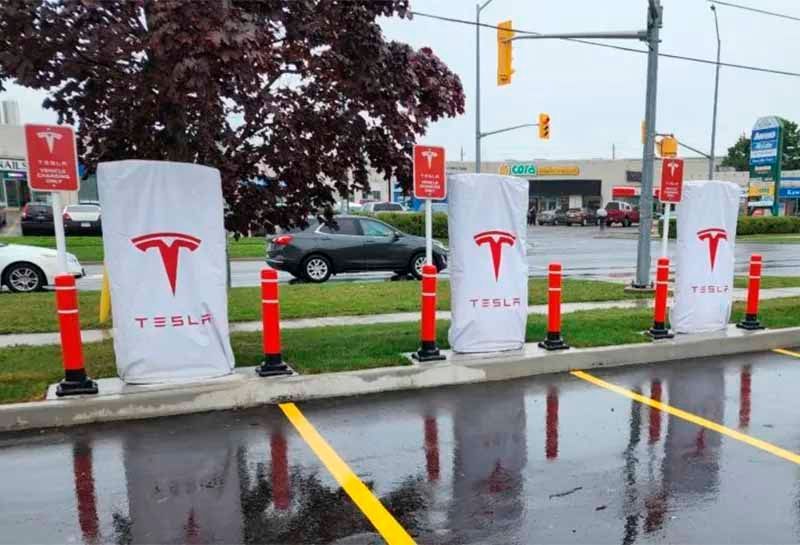
Our mission
Servicing most of southern Ontario, JML Electric has twenty-five years of experience offering both commercial and residential electrical service.

